Requirements for an H1B Visa for Doctors
Without a doubt, the United States has a need for doctors. The Association of American Medical Colleges (AAMC) projects a shortage between 61,700 and 94,700 over the next decade.
Clearly, the U.S. healthcare market offers plenty of opportunity for foreign-educated physicians. Roughly one-fourth of physicians and surgeons in America are foreign-born. Considering the current need, this percentage could easily rise.
Hospital administrators should also know their recruiting efforts don’t have to be limited to the 50 states. There is a breadth of talent throughout the world.
With all this said, there is one thing that both physicians and healthcare facilities need to be aware of during the hiring process: the H1B visa . Here’s all you need to know about the requirements so that you can ensure a smooth hiring process.

What Is an H1B Visa for Doctors?
When the H1B visa category was created in 1990, it became the preferred way for doctors to find employment in the United States.
The U.S.Citizenship and Immigration Services (USCIS) defines the H1B visa as a program that enables companies to “employ foreign workers in occupations that require the theoretical and practical application of a body of highly specialized knowledge.” Physicians definitely fit into this visa category of specialty occupation.
Currently, doctors can apply for the H1B visa for the following purposes:
- Participate in a residency program
- Teach or conduct research
- Work at a healthcare facility
There is a cap on the number of H1B visas that can be issued, and that number can rise or decline from year to year (it’s 65,000 for 2018). This cap is almost always reached, so be sure to apply early. Generally speaking, USCIS begins accepting H1B visa petitions in April of the previous year (i.e. April 2017 for 2018 visas)
Also, policies constantly change with immigration. Stay updated on legislation so that you’re in compliance with the law when hiring a doctor from abroad.
What Is the H1B Visa Application Process for Doctors?
The first thing you should do is fill out the Labor Condition Application (LCA) and submit it to the Office of Foreign Labor Certification for approval. The LCA makes the employer affirm that the foreign doctor’s employment won’t impact employment of other physicians and that they will be paid prevailing wages (and therefore wages in the industry won’t be affected).
Also, each non-citizen physician must pass the three-step examination for medical licensing in the United States. These tests take a full day and are done through the United States Medical Licensing Examination (USMLE). Schedule ahead of time. The steps are as follows:
- As stated by USMLE, this step “assesses whether you understand and can apply important concepts of the sciences basic to the practice of medicine.”
- This step has two parts: clinical knowledge (CK) and clinical skills (CS). Note: The CS test has a distinct, separately scored spoken English assessment. Since CS was implemented in 2004, it’s not needed for physicians to show other proof of English proficiency. By passing step 2, physicians obtain English language proficiency certification from the Educational Commission for Foreign Medical Graduates (ECFMG).
- As stated by USMLE, this step examines if a physician can “apply medical knowledge and understanding of biomedical and clinical science essential for the unsupervised practice of medicine.”
The USMLE is the exclusive examination now, but if you’ve previously passed National Board of Medical Examiners (NBME) or Federation Licensing Examination (FLEX) tests, those are still recognized (note: This could change).
After getting all these certifications, or during the process if you want to save time, begin the application with USCIS. The healthcare facility (employer) must file on behalf of the physician. Like other industries, you start by completing Form I-129, which is called a “Petition for Non-immigrant Worker.” You also need to fill out the H Classification Supplement and the H1B Data Collection and Filing Fee Exemption Supplement, which are included in Form 1-129.
After filling out all that information, you must gather and obtain some documents before you can pay the fee and mail the petition. The process can take some time, so start in advance.
What Other Documents Must Doctors Include in the H1B Visa Petition?
In addition to the signed and certified Department of Labor LCA, here’s a summary of what you’ll need to submit to USCIS:
- Proof of education: As SGM Law Group, a firm specializing in H1B visas, notes, the physician must “demonstrate that they’ve earned and possess a degree from an accredited medical school in the U.S. or have the foreign degree equivalent of an M.D. degree in the U.S.” So, attach a copy of the diploma, your transcript and course list.
- ECFMG Certificate and passing results from the USMLE: These can be obtained upon successful completion of the tests.
- A copy of the passport: USCIS must confirm that you are who you say you are.
- State licensing: As The Ranchod Law Group, an immigration firm, states, the doctor must have an unrestricted state license for the state where they will practice.
Once you have all documentation in order, it’s time to submit. Make sure to mail all documentation to the correct USCIS service center.
Getting Approved for an H1B Visa
If you get approved, you’ll typically be given a three-year visa, which can be extended up to six years. During that time, you can apply for permanent residency in the U.S. Spouses, and unmarried children under 21 can enter the U.S. along with the physician with a H4 visa (a category for H1B dependents).
To make sure the H1B visa process goes efficiently, it’s best to partner with professionals, like a recruiting firm, to ensure qualified physicians are placed in good positions. This way, there won’t be any roadblocks during the process — and the doctor, healthcare facility and patients all win.

